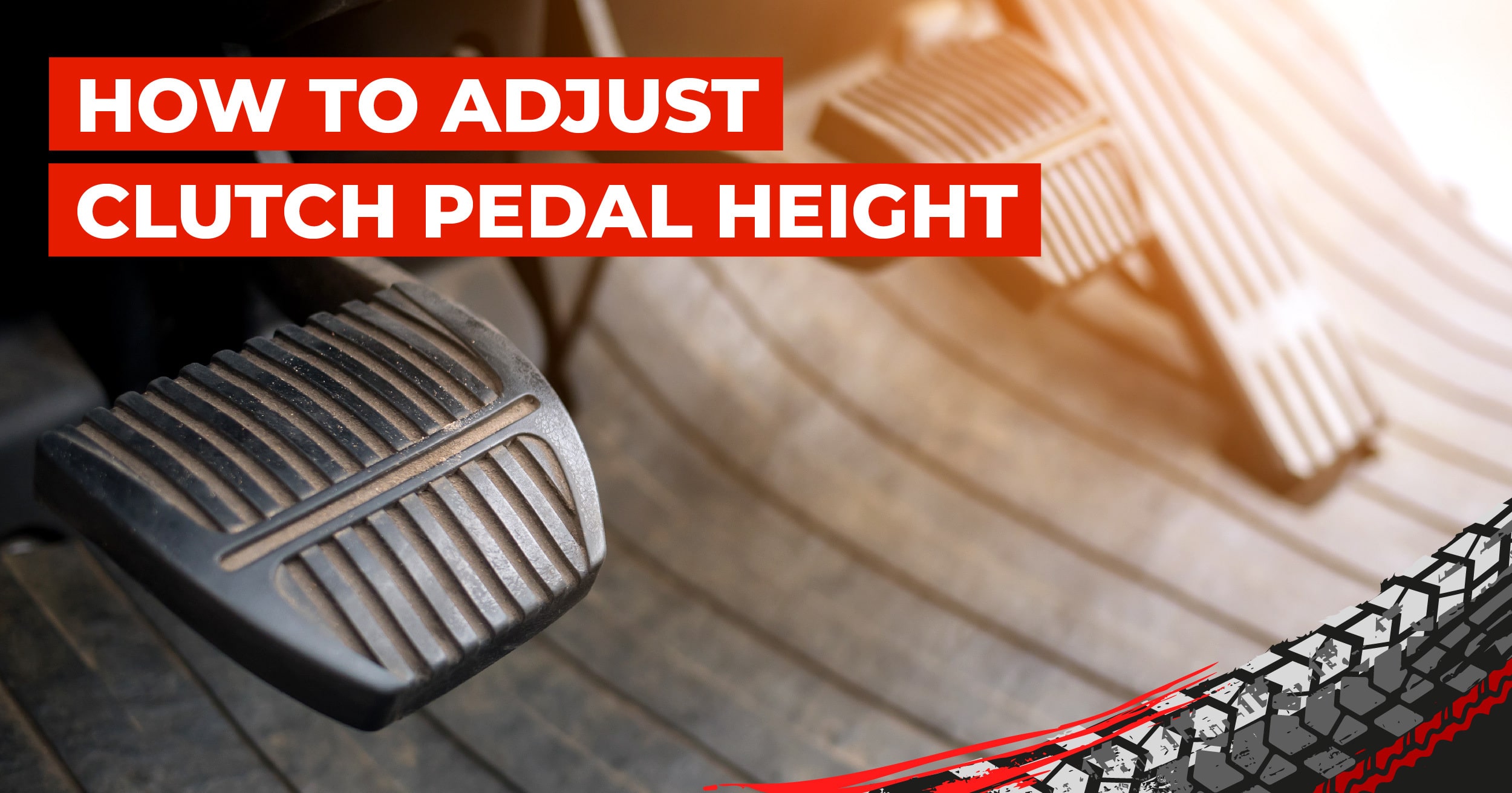As drivers, a lot of the time we hop into our 4x4, fasten the seat belt, turn on the engine and get going with our day. The pedals under our feet aren’t usually given much thought, since the clutch, brake and accelerator are all used in a way that feels second nature.
This month at Milner Off Road, however, we wanted to take a look at the clutch pedal in more detail, specifically the clutch pedal height. We’re going to explore what that term means, how you adjust the height of your clutch in a 4x4 and the reasons you may want to adjust it in the first place

What is clutch pedal height?
When we say clutch pedal height, we’re talking about the distance between the floor of your 4x4 and the pedal itself, meaning the pedal rubber where you place your foot. ‘Free play’ is the term used to describe the distance you can squeeze the pedal down with your foot before it begins to disengage the clutch.
Pedal height for your clutch and the free play movement you have are important both for smooth driving and your comfort behind the wheel.
A perfectly positioned clutch means you’re much less likely to experience slippage, while wear and tear is also reduced on the components. You should also experience far less unnecessary leg movement when it’s set to the right height. So let’s look at how you adjust things in relation to the clutch.
How do you adjust the clutch pedal height in a 4x4?
It’s important to note that each model of 4x4 will have its own recommended clutch height, so be sure to check your manual. This can also mean that clutch kits can differ slightly between vehicles, but you can adjust the clutch pedal height in a 4x4 by finding the clutch pedal rod and master cylinder or the clutch pedal stop plate.
Here, you’ll be able to loosen the nuts to change the height of the clutch pedal and the amount of free play in the pedal. Be sure to test the height and free play, tightening the nuts again when you’re happy with the positioning.
When might you want to adjust the clutch pedal height?
There are many reasons why you might want to adjust the height of your 4x4 clutch pedal, here are a few of the most common:
- You’ve installed a new clutch kit. The manufacturer’s original clutch was probably set at the right height and calibrated, but a new clutch kit might require some fine-tuning to get things just the way they need to be.
- You need more free play. We’ve mentioned how a clutch pedal should allow you to press down freely a little before actually disengaging. This can sometimes mean making adjustments so that it doesn’t disengage as soon as you put your foot on it, as that would mean you don’t get full clamping pressure, which leads to slippage.
- You need less free play. Too little movement is one thing, but too much movement before disengaging can lead to clutch drag. This then means your 4x4 might inch forward as you switch gears or make it difficult to change. A more precise clutch pedal can be useful for off-road driving when you need to engage and disengage the clutch swiftly and regularly, but be sure not to remove all free play.
- It feels uncomfortable. Sometimes, whether it’s a new clutch kit or the original, it simply doesn’t feel like it’s in a comfortable position for you as the driver. If you find your legs are working too hard to press down the clutch, first try adjusting your seat position, before moving on to address the clutch height if the issue persists.
At Milner Off Road, we’ve been supplying high-quality clutch kits, including flywheels and master and slave cylinders, for 4x4s since 1981. We deliver worldwide when you order online with us, and we’ll dispatch your items swiftly to help you get what you need, when you need it. If you have any questions about getting the right clutch components for your Japanese 4x4, simply call our specialist advisors today.

-min.png)
